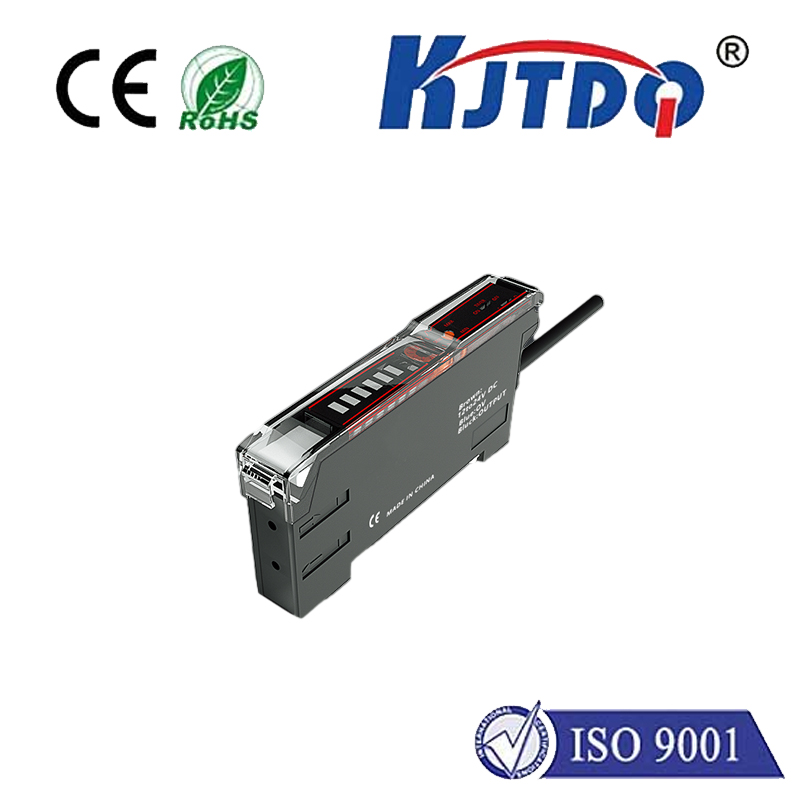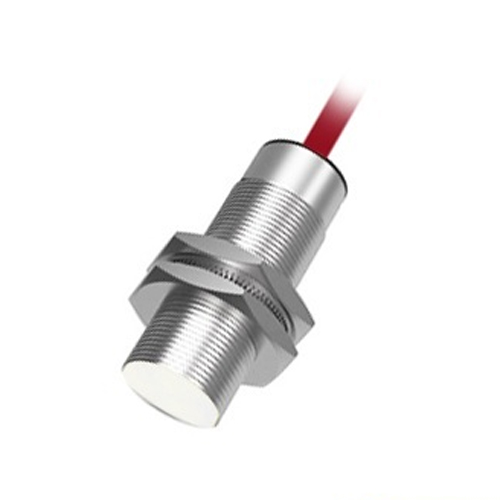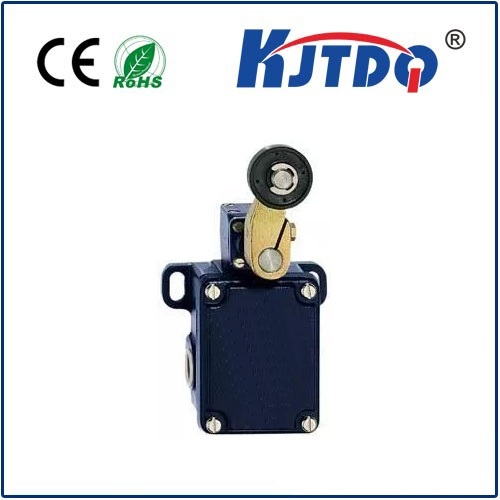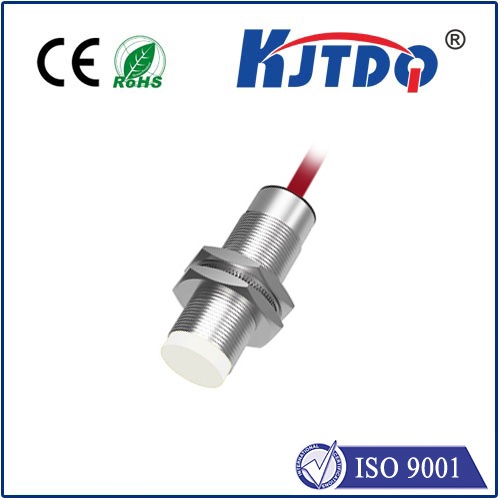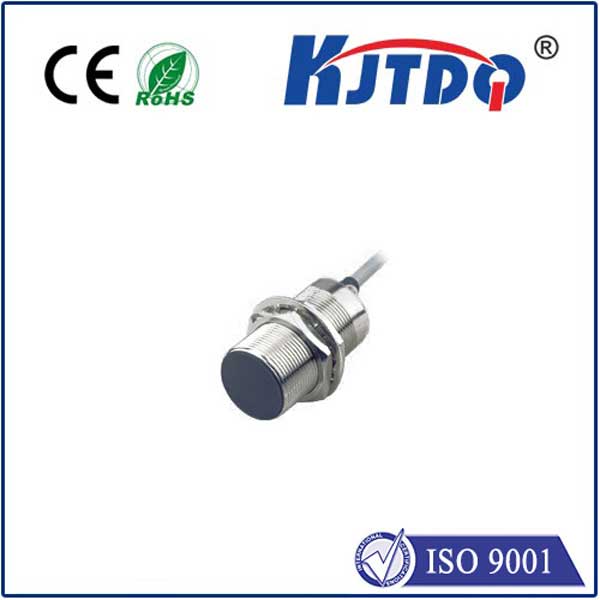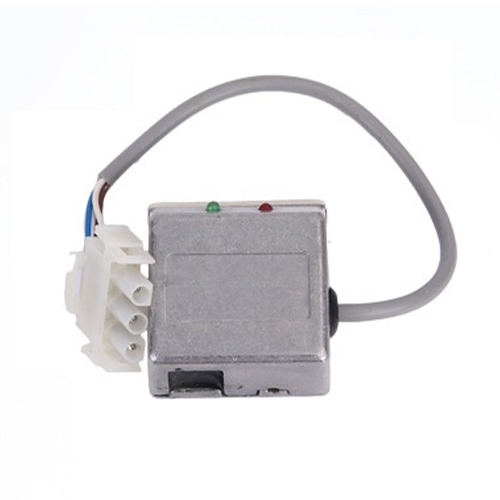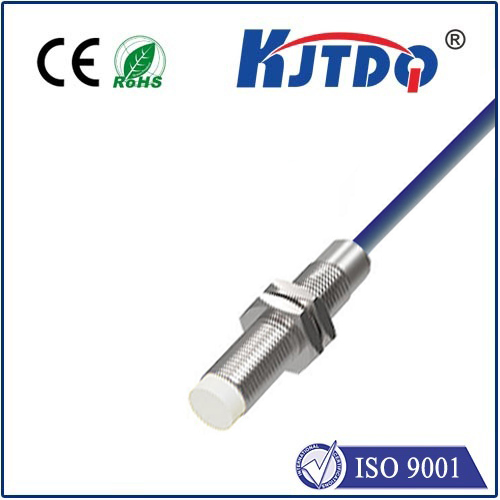

check

check

check

check

check

check

check

check

check

check
Understanding the Lever Type Limit Switch: Function and Applications
The lever type limit switch is an essential component in various industrial and mechanical systems. Its primary function is to detect the presence or absence of an object, thus controlling the operation of machines or processes within a defined range of motion. This article aims to provide a clear understanding of the lever type limit switch, its functions, and applications.
What is a Lever Type Limit Switch?
A lever type limit switch is a device that uses a lever to actuate an electrical switch when it comes into contact with an object. It consists of a housing, a lever, and an electrical switch mechanism. The housing contains the lever and switch mechanism, while the lever is attached to the switch via a pivot point. When the lever is moved by an object, it triggers the electrical switch, which sends a signal to control the machine or process it is monitoring.

How Does it Work?
The operation of a lever type limit switch is straightforward. When the lever is pushed or pulled by an object, it moves the electrical switch mechanism, activating or deactivating it. This action generates an electrical signal that can be transmitted to other components of the system, such as motor controls, safety interlocks, or programmable logic controllers (PLCs). The signal can then be used to start or stop a machine or process within a specific range of motion.
Common Applications
Lever type limit switches have numerous applications in various industries. They are commonly used in conveyor systems to monitor the position of objects, ensuring proper alignment and preventing jams or collisions. They are also used in packaging machinery to control the filling and sealing processes based on product presence. Other applications include robotic arms, assembly lines, elevators, and doors where precise control over motion is necessary.
Benefits of Using Lever Type Limit Switches
One significant advantage of lever type limit switches is their simplicity and reliability. They require minimal maintenance and can operate in harsh environments, making them ideal for industrial applications. Additionally, they provide accurate feedback on object presence or absence, allowing for precise control over machine operations. Finally, lever type limit switches are versatile and can be customized to meet specific application requirements.
Conclusion
The lever type limit switch is a crucial component in many industrial and mechanical systems. Its simplicity, reliability, and versatility make it an ideal solution for various applications. By understanding its function and benefits, engineers and technicians can effectively integrate lever type limit switches into their systems to achieve precise control over machine operations and improve overall efficiency.
